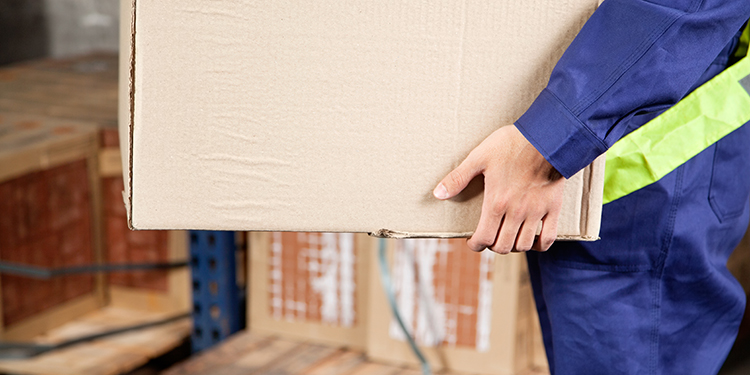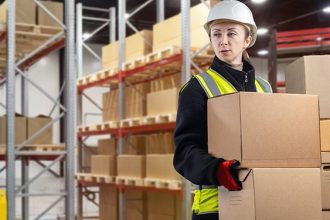Taking The Guesswork Out Of Lifting And Moving

While all workplace movements related to physical stress and injuries likely cannot be prevented, many of the body strains associated with these activities can be significantly reduced. This can be accomplished by changing work design, utilizing equipment designed for ergonomics, or applying a combination of the two.
Some of the movements that can cause an employee to experience strains or injuries on the job include:
- Pushing
- Pulling
- Carrying
- Twisting
- Lifting
- Reaching
- Lowering
- Bending
- Holding
- Stacking
- Squatting
As a general rule, each task should be evaluated in order to eliminate the movement or to select and deploy equipment that helps ease the strain while the action is being performed. Many times, numerous movements are involved in a single work activity; therefore, the activity must be examined as a whole. At times, changes in a single action may be the starting point upon which a full ergonomic change can take place. By significantly modifying or reducing the more taxing body movements as an ergonomic program is being developed, the greater the chance of its success.
For example, if strains are occurring as loaded boxes are lifted from floor level up to storage shelves, that process may involve numerous movements that can impact ergonomics. The first step in creating a more ergonomic movement program that employees can easily follow is to develop guidelines on the proper lifting procedures that minimize strains on the back and shoulders. This could involve using larger leg muscles to perform the lift versus the back or shoulders, keeping the body in an upright plane, and eliminating bending as much as possible and keeping the load close to the body. Reaching out from the body can put more strain on the lower back than bending over. In addition to written guidelines, training on the proper ways to lift should be presented to new employees, as well as required “refreshers” for more seasoned workers.
While a change in the mechanics of lifting may be a valuable part of a comprehensive program, it may also be possible to work directly with workers to determine if equipment or tools are needed to provide maximum assistance. For instance, if bending to lift boxes from floor level is occurring, a lift table that raises and lowers the load (based on numerous factors) may be a valuable option. Lift tables are designed to keep a package at a convenient height, so the worker is not constantly bending down to reach for the packages. Additionally, many lift tables rotate so that reaching for packages is minimized.
Additionally, equipment such as adjustable platforms that raise or lower the area where the worker stands are available to keep loads at standard levels. Depending on the dimensions and weight of the package being lifted, some companies also deploy a compact crane and hoist to assist the worker in loading and unloading. Normally, these cranes are permanently placed in the work area, and workers use the combination of a lift table and crane/hoist to reduce strains by allowing the equipment to perform the heavy lifting. Some environments are also ideal for integrating intelligent lifting devices programmed to mimic the exact job being performed and act as an extension of the body.
While these solutions are focused on moving packages from ground level to a shelf, often a similar combination of training and lifting equipment may be required for moving parts or components from bins to production or maintenance areas for work to begin or proceed. In most environments, to resolve strains associated with lifting and moving loads, the first step is examining the actions required for the job, followed by documenting how a change in action (lifting, bending, reaching, etc.) can be implemented. With many types of lift tables, compact cranes, and platforms available, a single solution may be viable for numerous portions of the facility.
Looking for more ways to improve the ergonomics of your workforce? The members of the Ergonomic Assist Systems & Equipment (EASE) Industry Group of MHI offer a variety of checklists for free download, here.



